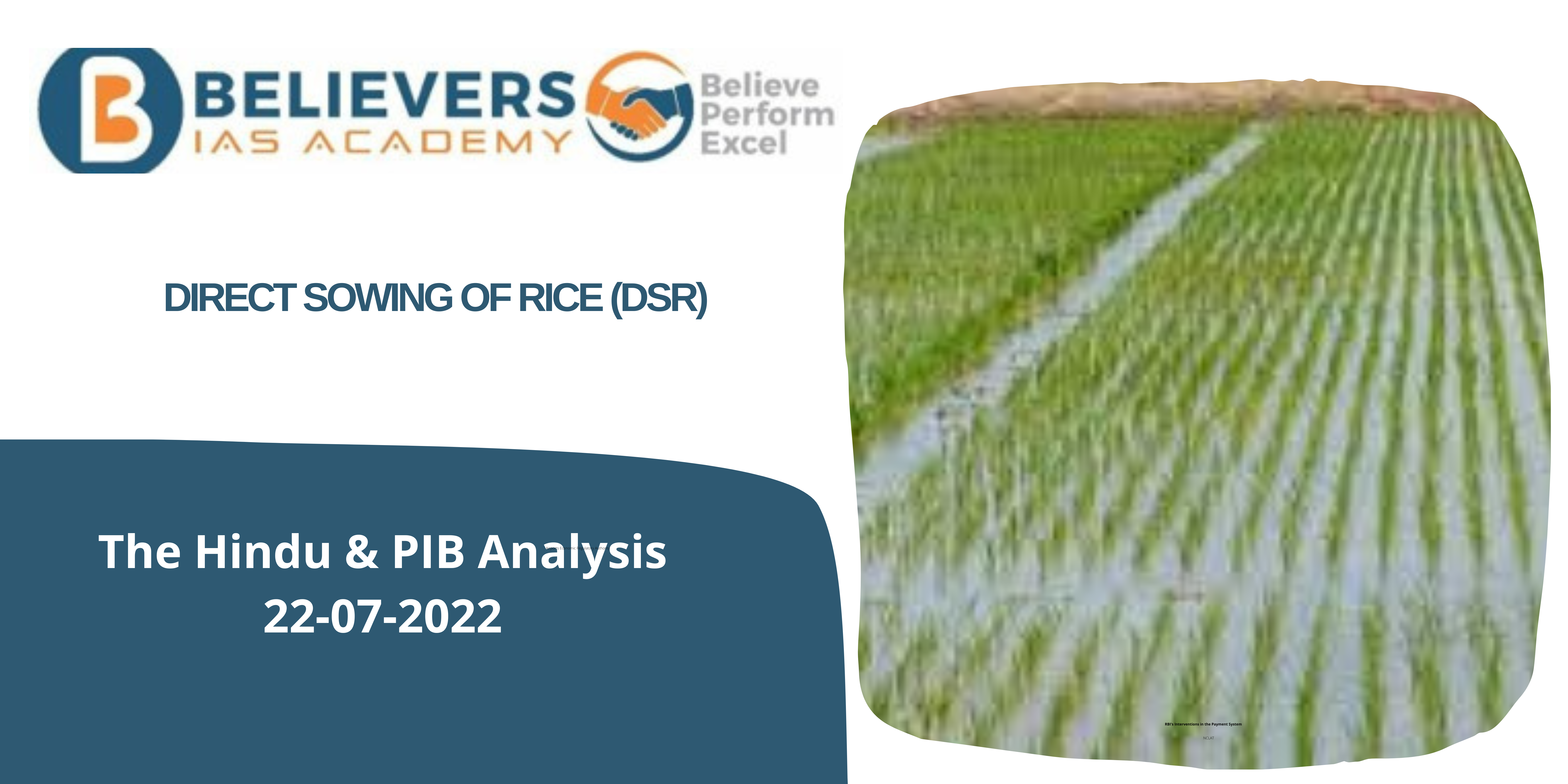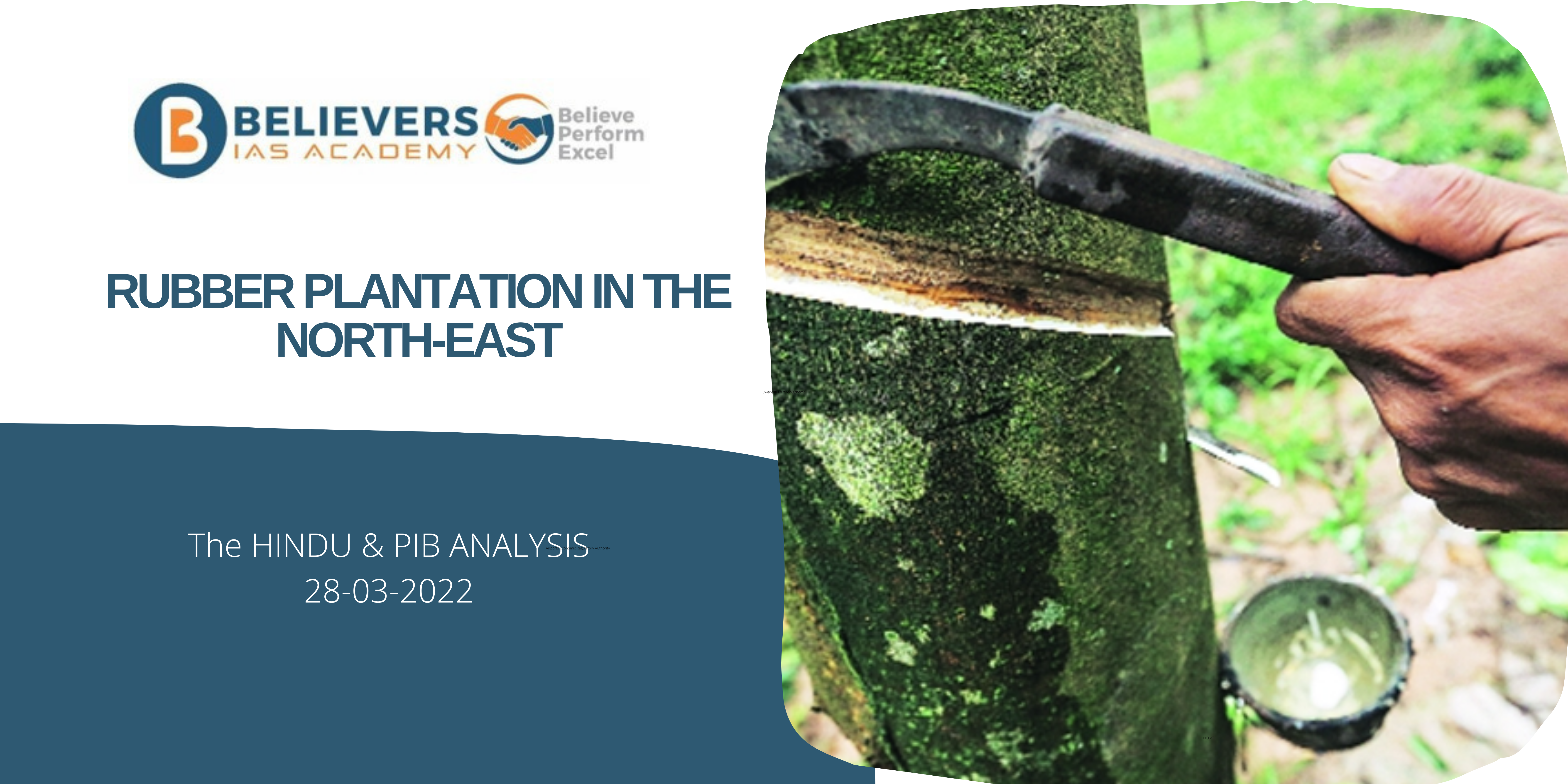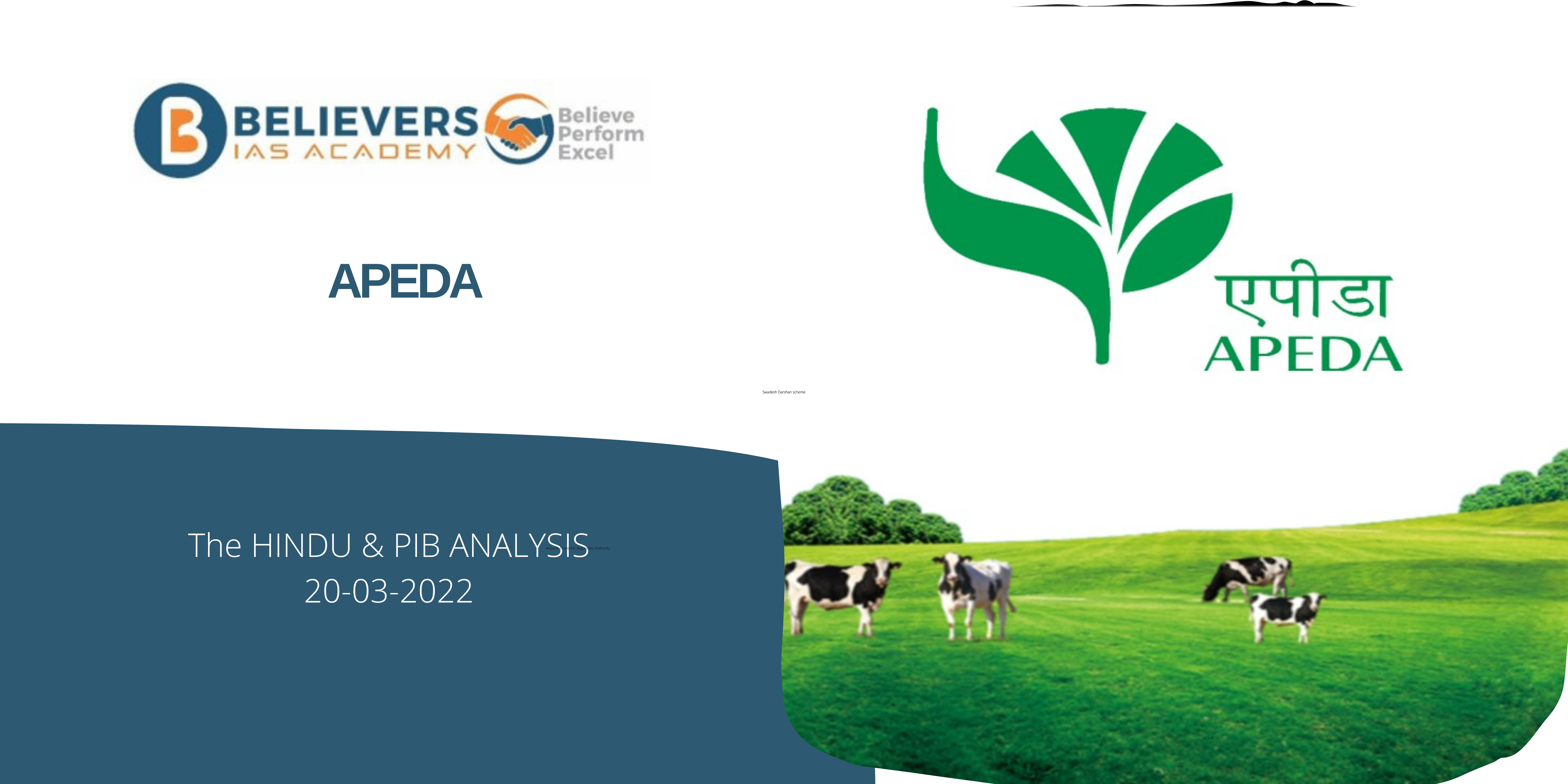Direct Sowing of Rice (DSR)
Context:
- The Punjab government has announced a Rs 1,500 per acre incentive to farmers for adopting the DSR method.
- But despite this there is a significant decline in the sowing of rice in the DSR method.
About:
- The state has seen 85.7% decline in DSR area from the last season and also Punjab is long way away from its target of Direct Sowing of Rice (DSR) for this year (as it could only achieve 6.7% of the total target).
- This has happened (ahead of paddy sowing) despite the state government announcing a Rs 1,500 per acre incentive to the farmers for adopting the DSR method and earmarking Rs 450 crore for the purpose.
Why DSR?
- In Punjab, rice (paddy and basmati) is grown in over 30 lakh hectares of farmland every year.
- The state government has set a target of bringing 12 lakh hectares (29.64 lakh acres) under DSR, which does not require puddled fields for transplanting paddy nursery and flood irrigation.
- The ideal time for DSR for paddy (non-basmati) crop is from June 1 to June 15 and for basmati (aromatic rice) from mid-June to June-end.
- With this much area, Punjab’s DSR area is 93.3% down from the target and if one compares it with last year’s area then also it is 85.7% down.
- In the previous year, 5.62 lakh hectares was under DSR in the state and that was also the highest ever area under DSR in the history of the state.
- The main reason for encouraging the DSR method is to save the ground water, adopting to this method would save upto 15 to 20% of groundwater.
Why Decline?
- During the sowing time through the DSR method, there were frequent power cuts and irregular supply of water from the canals.
- Due to power cuts the tube wells also could not be used and sowing through the DSR required moist
- And moreover the outputs would be different in different types of soil and based on the region.
Source The Hindu
For more updates, Click Here




